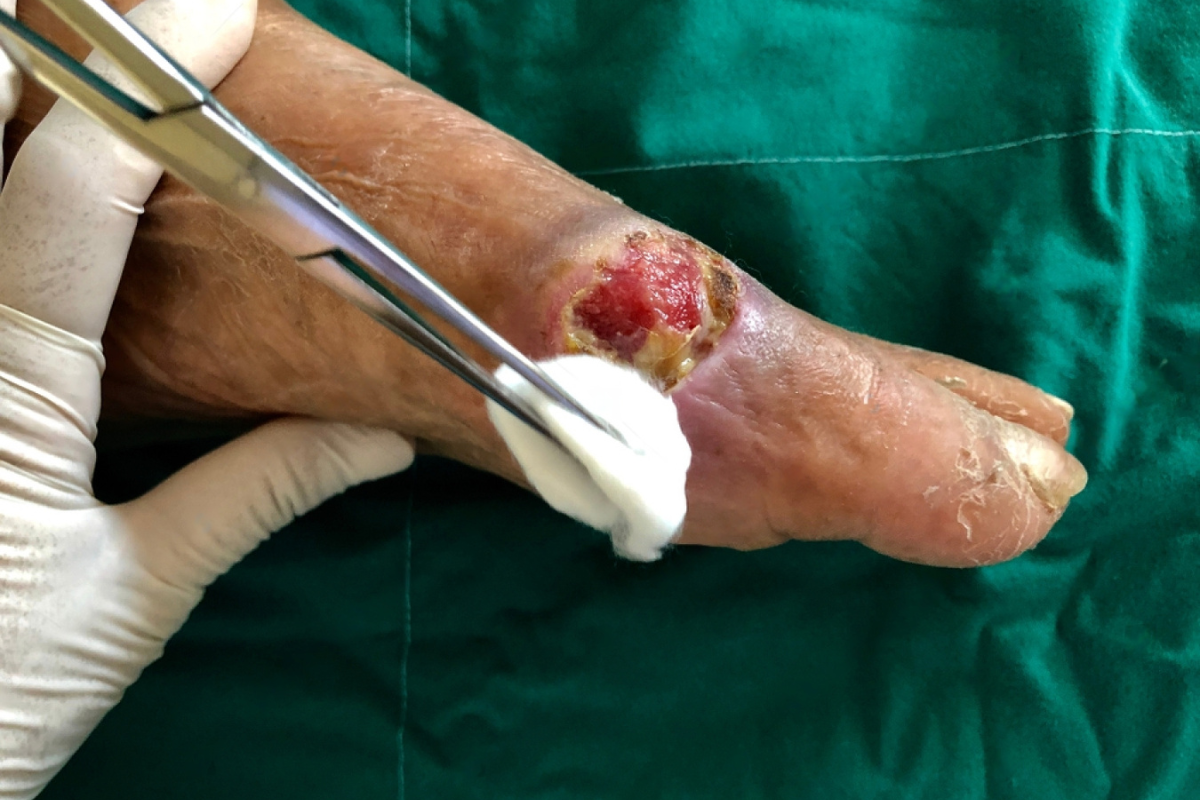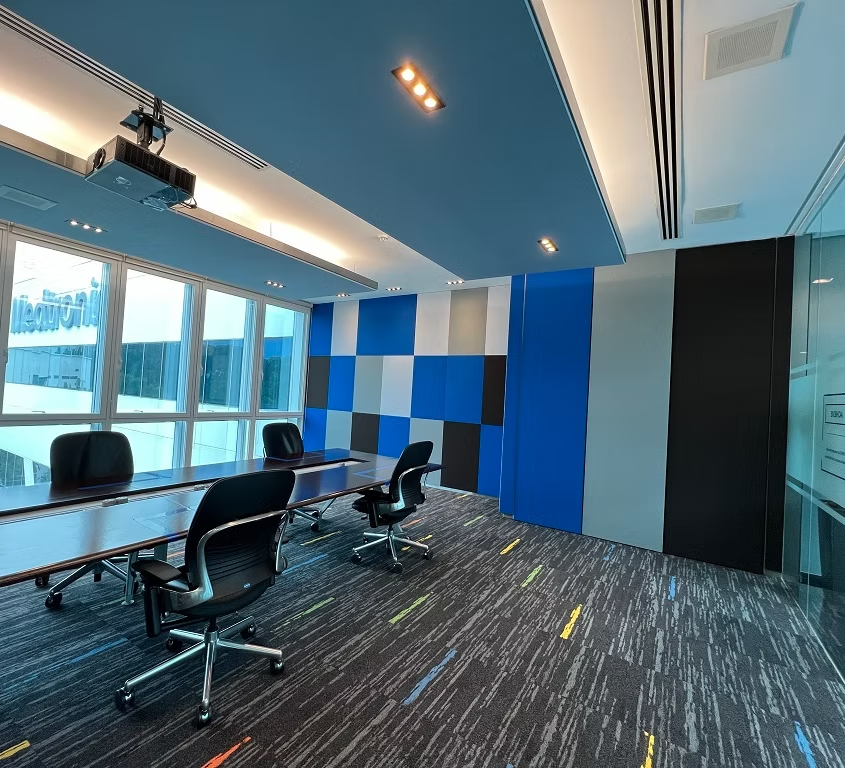When it comes to the treatment of non healing wounds, choosing the right wound care dressing is a critical part of ensuring recovery and avoiding complications. Foam and hydrocolloid dressings are among the most widely used options, but which one truly works best? The decision depends on the wound’s condition, exudate level, and the patient’s overall health. At Kalingap Wound Care Clinic, patients receive expert guidance in selecting the best dressing tailored to their unique wound care needs.
What Are Foam Dressings?
Foam dressings are soft, absorbent materials made from polyurethane, designed to handle moderate to heavily exuding wounds. These dressings provide a protective barrier while maintaining moisture balance, which is essential in the treatment of non healing wounds. Their cushioning properties make them suitable for pressure ulcers and diabetic foot wounds. Kalingap Wound Care Clinic frequently uses foam dressings in care plans where absorption and comfort are top priorities.
What Are Hydrocolloid Dressings?
Hydrocolloid dressings consist of gel-forming agents bonded to a flexible, adhesive layer. They work by interacting with wound exudate to form a moist, protective gel that supports autolytic debridement. These dressings are ideal for low to moderately exudating wounds and are especially helpful in the treatment of non healing wounds where moisture retention and minimal dressing changes are needed. Kalingap Wound Care Clinic often recommends hydrocolloids for surgical wounds, shallow ulcers, and minor burns.
Foam vs. Hydrocolloid: Key Differences
When comparing foam and hydrocolloid dressings, several key factors come into play in the treatment of non healing wounds. Foam dressings offer higher absorbency, making them better for wet wounds, while hydrocolloids seal the wound and promote self-cleaning for drier wounds. Foam is typically non-adhesive and requires secondary dressings, while hydrocolloids are self-adhesive and longer-wearing. Kalingap Wound Care Clinic evaluates each wound individually to determine which option delivers the best healing outcome.
Which Dressing Works Best for Specific Wound Types?
For pressure ulcers with heavy drainage, foam dressings are usually preferred due to their superior absorbency and cushioning. For diabetic foot ulcers or minor surgical wounds with minimal exudate, hydrocolloid dressings support healing by maintaining an ideal moist environment. In the treatment of non healing wounds, Kalingap Wound Care Clinic customizes dressing choices based on the wound’s stage, location, and patient’s overall medical status to maximize healing effectiveness.
Advanced Wound Care Considerations
Modern wound management emphasizes moisture control, infection prevention, and tissue regeneration. In the treatment of non healing wounds, using foam or hydrocolloid dressings alone is not always sufficient. They are often combined with therapies like ultrasonic debridement or Negative Pressure Wound Therapy (NPWT). Kalingap Wound Care Clinic integrates these advanced solutions with dressing strategies to ensure comprehensive and accelerated wound healing.
When to Consult a Wound Care Specialist
Persistent wounds that show little or no improvement over time require specialized care. Signs like foul odor, persistent pain, or increasing size indicate that basic care may not be enough. A wound care specialist can reassess the approach and update the treatment of non healing wounds to match the current condition. At Kalingap Wound Care Clinic, skilled professionals assess, treat, and monitor chronic wounds using a multidisciplinary, compassionate model of care.
Takeaway
Choosing between foam and hydrocolloid dressings isn’t a one-size-fits-all decision. Both have distinct strengths, and the right choice depends on the wound’s characteristics and healing goals. For the most effective treatment of non healing wounds, expert evaluation and customized care are essential. Trust Kalingap Wound Care Clinic to provide the right dressing, the right treatment, and the right support for every step of your healing journey.











